Find out about task based learning, a collaborative and engaging language learning method that will shake up your lesson plans and jolt students out of their boredom.
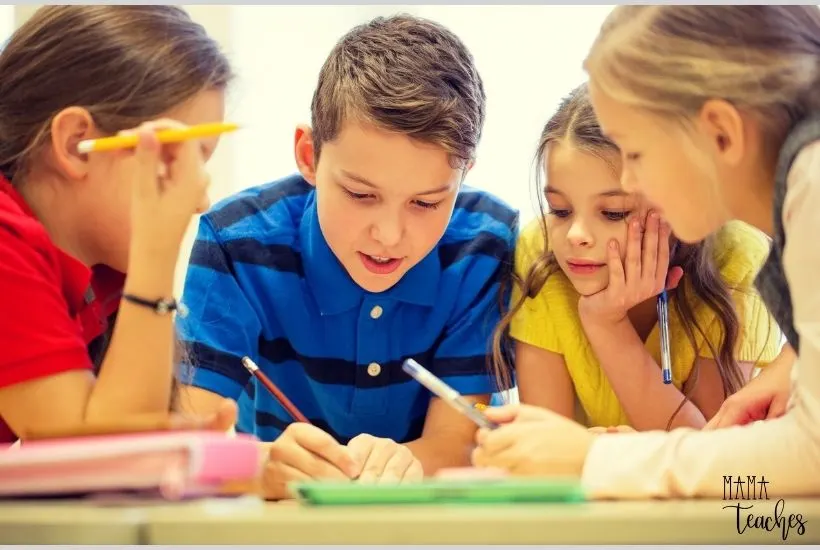
This article contains affiliate links to things that you might like.
The Definition of Task-Based Learning
Task-based learning has several names including task-based instruction and task-based language teaching.
It is a three-step process whose central piece involves cooperation, communication, and collaboration.
The traditional approach to teaching language involves the teacher up at the front of the classroom drilling grammar and vocabulary.
Unless the students are attentive and highly motivated, this method of learning may go completely over their heads.
When the teacher does all the talking, you can let the information go in one ear and out the other.
Tasked-based learning involves dividing the students into pairs and small groups and giving them a practical and collaborative assignment.
In order to complete the activity or project, the students must communicate with each other, forcing them to practice their language skills with one another.
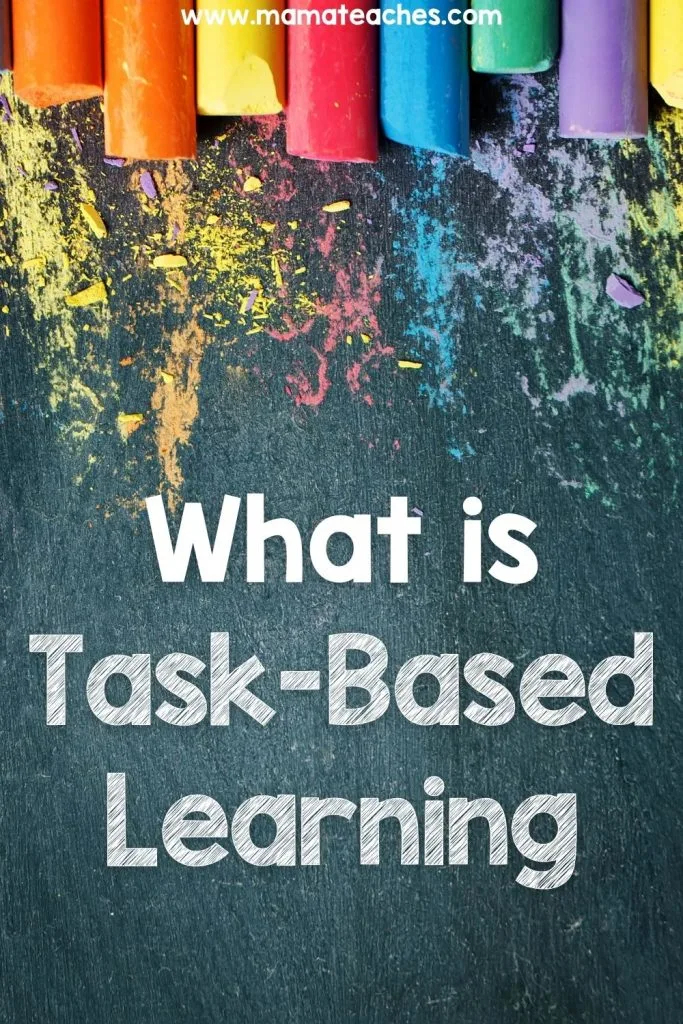
Why Tasked Based Learning Is Important
The traditional method of didactic teaching involves the teacher imparting knowledge to the students, and the students soaking it up like little sponges.
The problem?
Students are not sponges!
They are active, willful, and creative beings that need to know the “why” behind learning.
If you cannot tie what you are teaching to the real world, many of your students will check out.
Task-based learning requires that students practice their language skills.
This immediate, practical application will motivate reluctant or disengaged students.
It also strengthens the bonds between students because they help each other and they work toward a common goal.

How to Do Task-Based Learning
Task-Based Learning involves a three-step process:
Step 1: The Pre-Task
Before you begin a project or activity, you need buy-in from the students.
This means getting them excited about the upcoming task.
You can come up with a catchy opening question, mention a fascinating fact, or show an intriguing visual aid. You get the idea–hook the students’ interest.
Without spelling it out, you also want to explain the upcoming task.
It is important that the students have a challenge that requires problem-solving.
You will need to communicate your expectations for the project upfront.
You could even show a completed project to give the students a model.
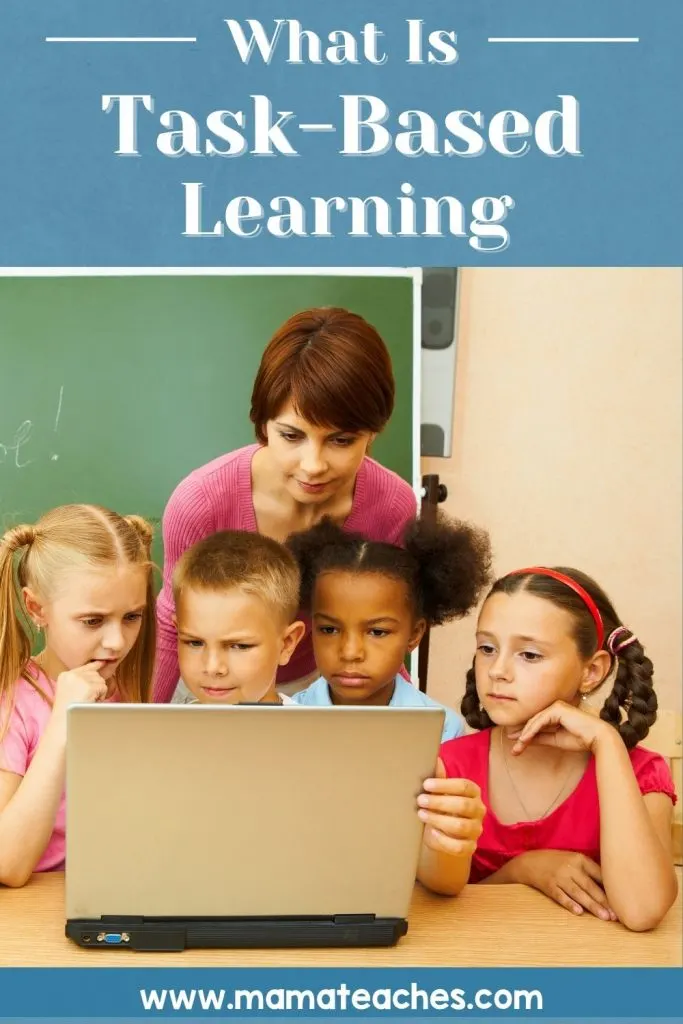
Step 2: The Task
This is the centerpiece of the whole experience.
You want students to work in pairs or small groups (in large groups, quiet students can still “hide” and not communicate).
This stage must be done in the target language.
As a teacher, your job is to circulate among the groups and answer questions as needed.
You will see the students struggle to find the right words and solve the tasks–be okay with that.
They need to learn to move through, around, or over obstacles in communication.
Let them figure it out.
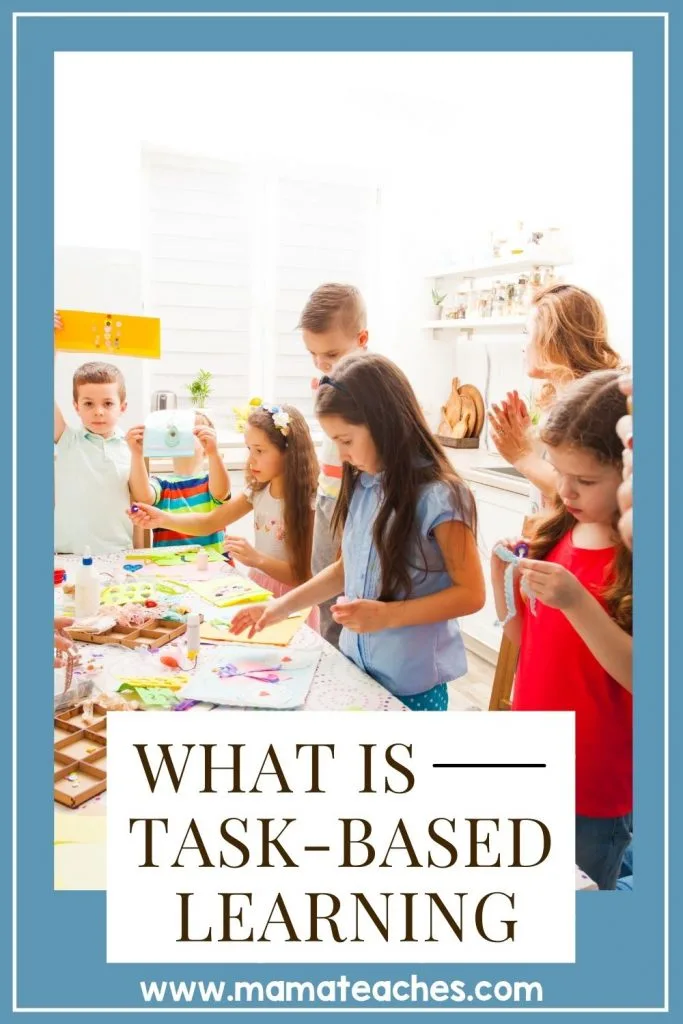
Step 3: The Post-Task
After the task is completed, allow time for review and assessment.
This is an informal, verbal assessment.
Identify both a “glow” (what they did well) and a “grow” (how they would like to improve for next time).
You can do this across three levels: self, peer, and teacher assessment.
- Self Assessment: How did each member of the pair or group feel about their contributions to the task or its final result?
- Peer Assessment: Ask the other classmates to give both a glow and a grow to the group.
- Teacher Assessment: If you have something to add, this is your chance. It may be that the students have already said everything!
Examples of Task-Based Learning
Task based learning is typically a project or activity.
You can design the project around the interests or hobbies of the students or focus it on a unit study.
These projects may take as little as one class period or take several days to complete.
Here are some ideas:
- Drawing an original comic strip with art and ideas from each student
- Giving an oral presentation with visual aides
- Writing and acting out a skit
- Creating a board game with rules, pieces, and a game board
- Preparing for one side of a debate (and going up against another team)
- Writing a newsletter with various articles, puzzles, or illustrations and designing a layout together
- Making a short movie (possibly a how-to video)
- Planning a field trip itinerary
The best tasked based learning activities involve the real world, so the students are motivated to learn and can apply their language knowledge to practical situations.
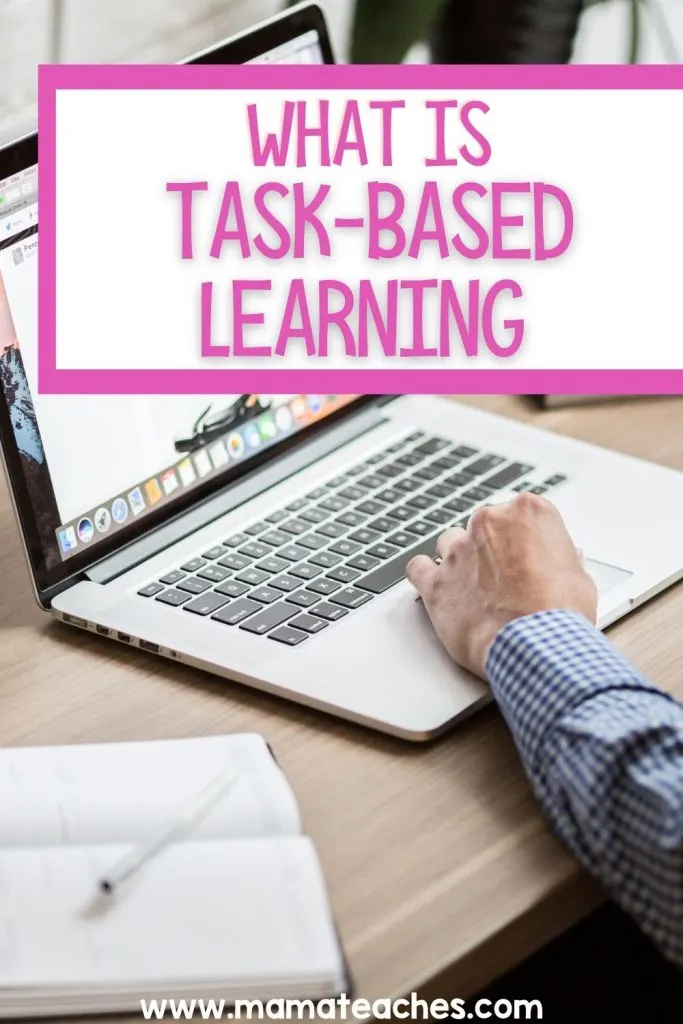
Tasked Based Instruction
Tasked-based learning is a new approach to language instruction that can work wonders in the classroom.
It gives students a practical, purposeful reason to acquire language skills.
